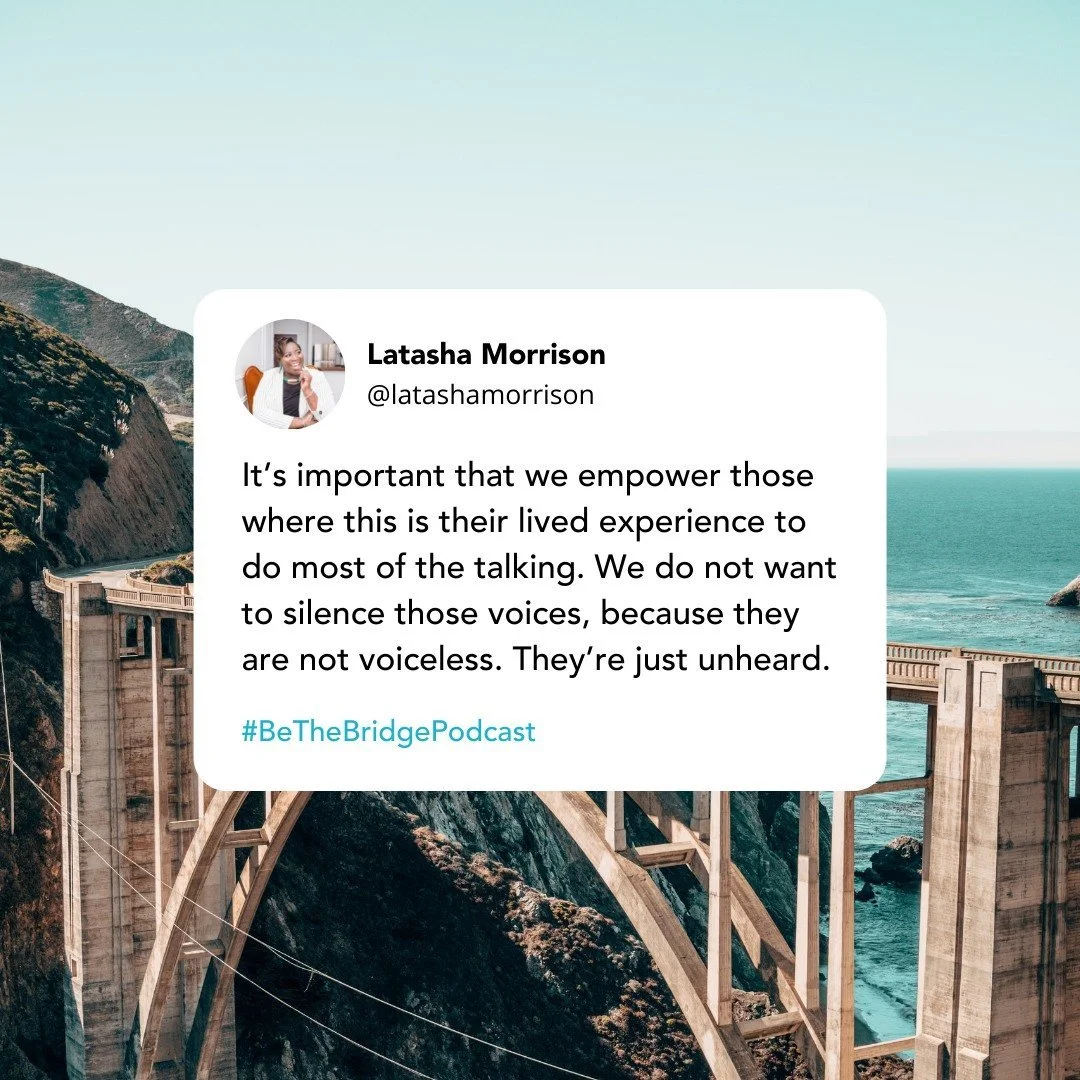The Impact of Social Media on Foster Care
In recent years, social media has emerged as a powerful tool for communication, connectivity, and advocacy. Among the many communities finding a voice in the digital age, foster youth have become increasingly empowered to share their experiences, raising awareness and understanding among the wider public. However, this newfound empowerment also comes with its challenges, as the same platforms that amplify voices can be a breeding ground for misinformation, exploitation, and cyberbullying. As a foster youth advocate, Hannah Stombler-Levine shares how she has observed social media change foster care.
The good
Amplifying Authentic Narratives: Before the rise of social media, foster youth faced significant barriers in sharing their stories. The anonymity often associated with foster care led to a lack of public awareness about the challenges these youth were encountering daily. Social media platforms have broken down these barriers, enabling foster youth to share their experiences authentically and directly with the public. By doing so, they have become agents of change, challenging stereotypes and advocating for improvements within the foster care system. If you are looking to follow some authentic voices, check out this wonderful round up from the Central Virginia CASA chapter.
Building Connections Across Distances: One of the unique challenges faced by foster youth is the constant upheaval in their living situations. Social media has provided a lifeline, allowing these young individuals to maintain connections and relationships despite frequent placements and moves. The ability to stay in touch with friends, mentors, and support networks helps foster youth establish a sense of continuity and stability in a life often marked by transience.
The not so good
Misinformation Proliferation: While social media has given foster youth a platform to share their stories, it has also become a breeding ground for misinformation. False narratives and stereotypes can easily be perpetuated, leading to misconceptions about the foster care system and those involved in it. It is crucial to promote fact-checking and responsible sharing to combat the spread of inaccurate information.
Exploitation: The anonymity afforded by social media can make foster youth vulnerable to exploitation, including sexual exploitation. Predators may exploit the trust foster youth place in online connections, posing a serious threat to their safety. Education and awareness campaigns are essential to equip foster youth with the knowledge and tools to navigate online spaces safely.
Cyberbullying: Foster youth, like any other demographic, are not immune to the scourge of cyberbullying. The online world, with its relative anonymity, can be a breeding ground for harassment and abuse. Creating a culture of empathy and support, both online and offline, is essential to combat cyberbullying and ensure the well-being of foster youth in the digital realm.
Some great organizations to check out:
Love146: a non-profit dedicated to preventing and eradicating child exploitation, has a guide for caregivers with tips for talking to youth about internet safety and much more.
Shared Hope International: a non-profit focused on child sex trafficking that offers fact sheets, videos, a Parent Guide, and app-specific information about how to talk with young people about online safety to prevent trafficking.


